Pentagon: US conducts tests to advance hypersonic weapon programs
The Pentagon has claimed the US Navy and Army successfully tested hypersonic weapon component prototypes that will help the development of new weapons, amid increasing tensions with China.
The tests were conducted after US President Joe Biden expressed concerns about Chinese hypersonic weapons on Wednesday, Reuters reported on Thursday.
China reportedly tested a “nuclear-capable” hypersonic missile in August that traveled around the Earth at a low orbit before reaching its target.
The Financial Times made the allegation in a report last week, citing “multiple sources familiar with the test.”
The Pentagon statement said in a statement on Wednesday that the Sandia National Laboratory ran the tests from NASA's Wallops Flight Facility in Virginia which will help "inform the development of the Navy's Conventional Prompt Strike (CPS) and the Army's Long Range Hypersonic Weapon (LRHW) offensive hypersonic strike.”
Hypersonic weapons travel in the upper atmosphere at more than five times the speed of sound, or about 3,853 miles per hour (6,200 kph), according to Reuters.
These tests "demonstrated advanced hypersonic technologies, capabilities, and prototype systems in a realistic operating environment," the Pentagon said in a statement.
The United States has been attempting to develop hypersonic weapons as a part of its conventional prompt global strike program since the early 2000s.
American military authorities claim that hypersonic weapons, like nuclear arms, “can act as deterrents, as well as game-changers, in responding to conflict from hundreds of miles away -- especially weapons that move at five times the speed of sound or more.”
Last year, then-US Defense Secretary Mark Esper announced that Pentagon was "doubling down" on hypersonic technology and other cutting-edge weapons, and it was continuing to clean house on older systems to fund the investment.
Earlier this year, the Pentagon asked for a $715-billion budget, saying it was geared to counter China in the Indo-Pacific region by shedding older weapons systems and investing in new technologies.
The budget proposal was released in May with the US Air Force asking to retire more than 200 aircraft and a plan to fund an operational hypersonic cruise missile for the first time. It requested $200 million for the Hypersonic Attack Cruise Missile alone.
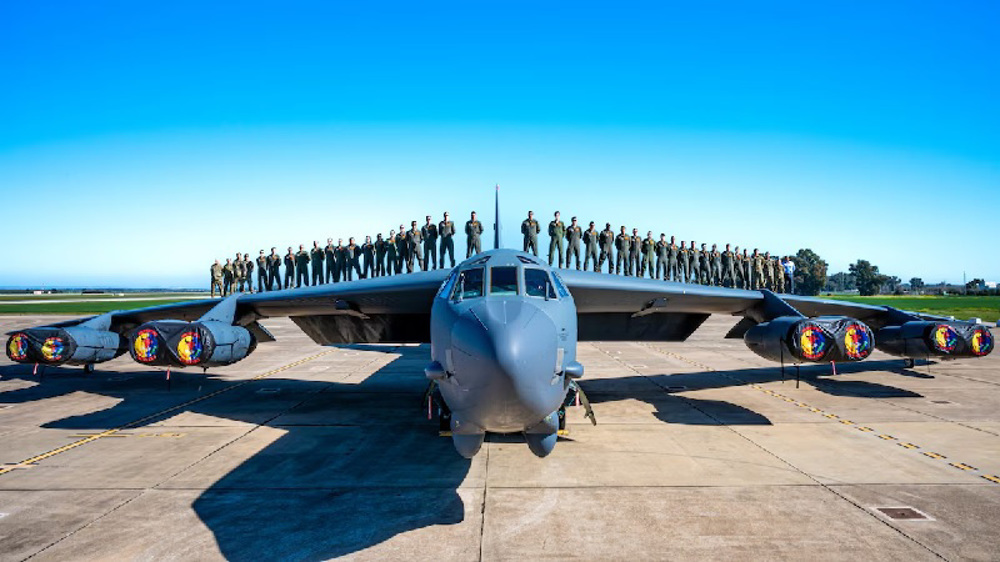
US B-52 bombers in West Asia do not scare Iran
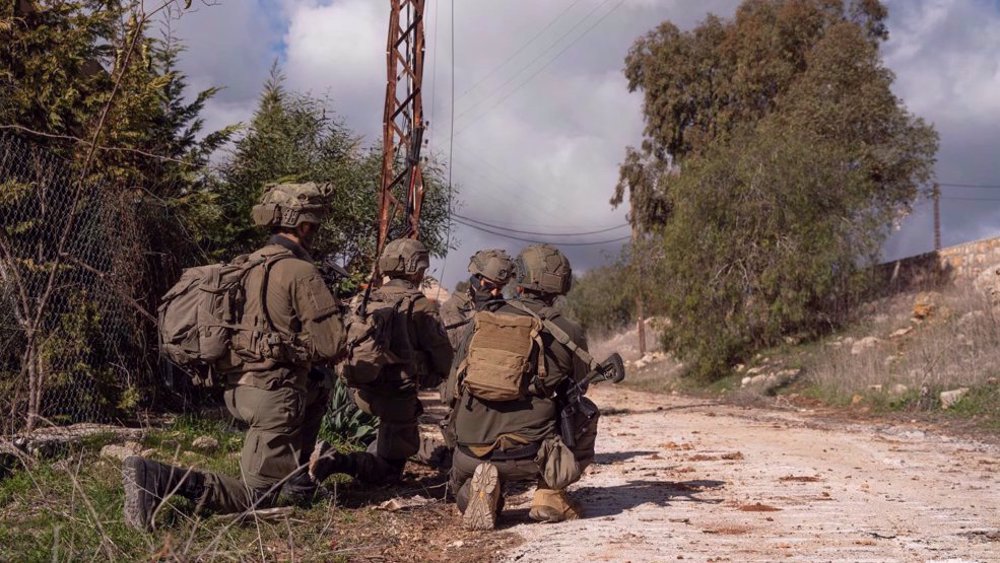
US, France want mercenaries deployed in south Lebanon: Report
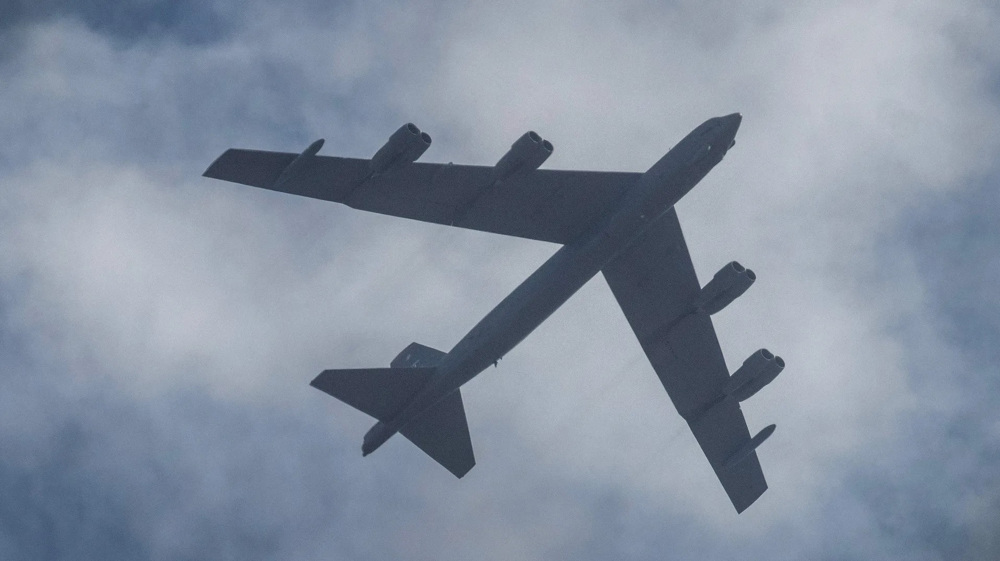
US bombers fly over Mediterranean Sea as delivery of heavy bombs to Israel announced
Iran's freestyle wrestling team clinches championship title in Albania ranking series
Trump seeks sweeping cuts to State Department: Report
VIDEO | Iran, Pakistan strengthen media cooperation to foster cultural ties
VIDEO | BRICS workshop in Tehran strengthens innovation, cooperation
Iran condemns deadly bombing in Pakistan, stresses regional unity to fight terror
Jordanians rally en masse to censure Trump's Gaza takeover plan
VIDEO | Press TV's news headlines
Iraq asserts commitment to security agreement with Iran


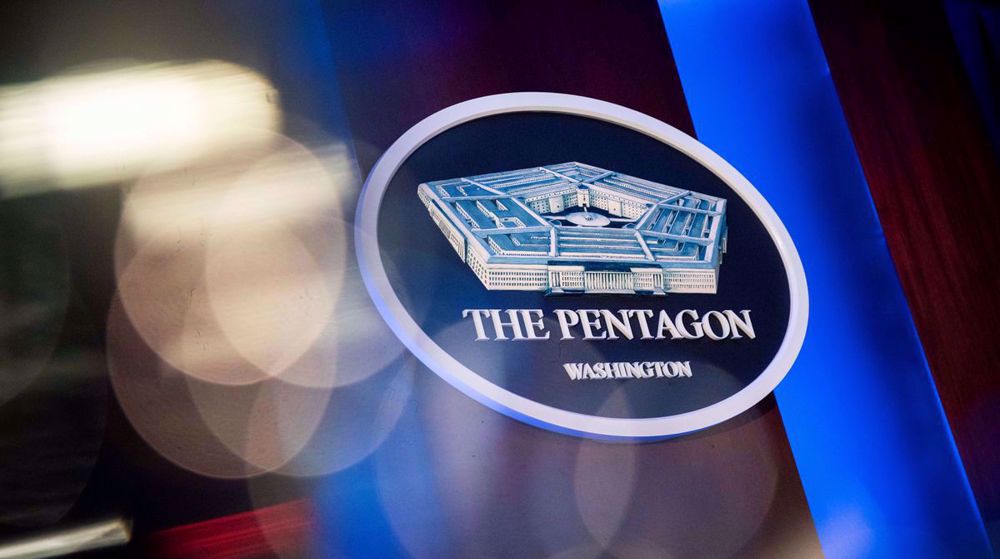
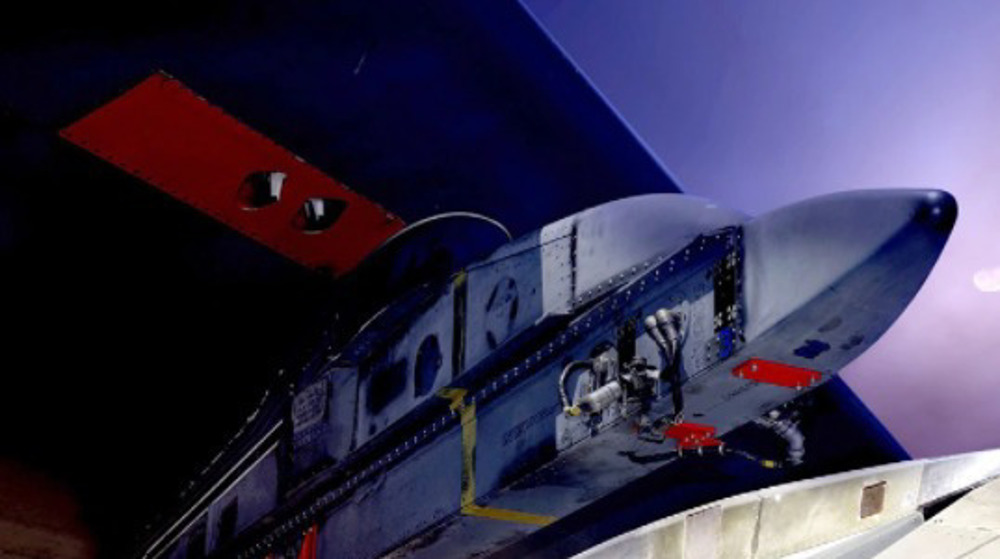
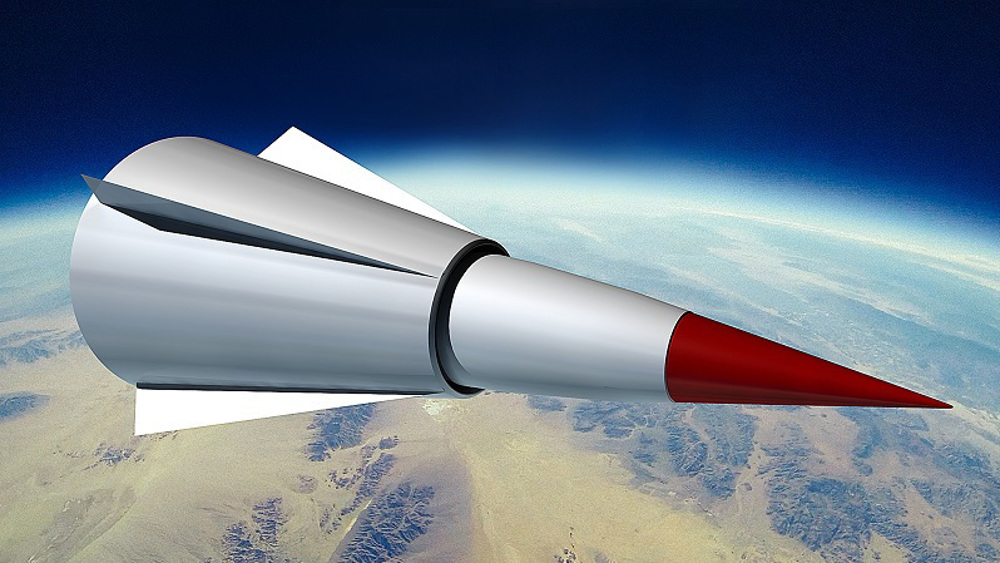




 This makes it easy to access the Press TV website
This makes it easy to access the Press TV website